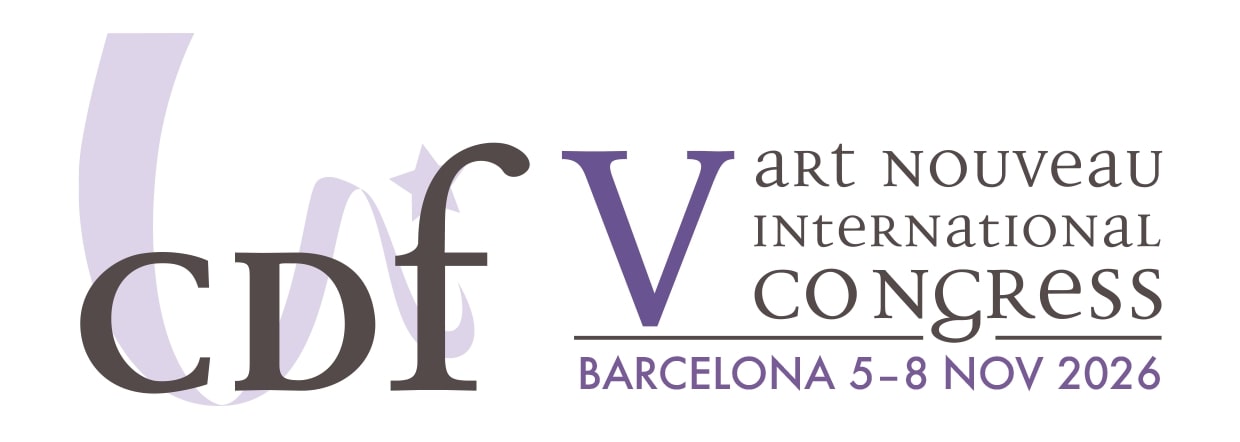Today, at the beginning of the 21st century, Art Nouveau is an artistic style that is cherished by European citizens, as was shown by the fact that the success of Barcelona’s International Gaudí Year 2002 was reproduced in various places throughout Europe. Not all can be mentioned here, but examples like Nancy’s Any Emile Gallé 2004 or Glasgow’s Mackintosh Festival 2006, as well as those of Bad Nauheim and La Chaux-de-Fonds, which carried out intense activity around their heritages between 2005 and 2006, demonstrate the interest in Art Nouveau throughout the continent.
But it was not always like this. In the middle decades of the 20th century, great disinterest, if not disregard, reigned for this artistic trend. In fact, even a few years ago, art and architecture faculties quickly dismissed Art Nouveau and barely showed it any interest in courses, sweeping it to one side as a sort of fleeting “fever”, the result of European fin de siècle decadence and opulence. During these years, many architectural Art Nouveau gems were demolished to make way for modern buildings and many leading works were lost forever.
We are now beginning to recover an awareness of the artistic value of this heritage, which dates back to the end of the 19th century and beginning of the 20th century. It is therefore particularly important today that we combine our efforts to protect and improve these monuments. Today is the time to assume the challenge of newly and fully promoting this heritage, which must not be lost in the shadows again. Now that we are facing the new Europe of the 21st century with hope and ambition, the European Art Nouveau Route, which Barcelona initiated in 2000, is a project that aims to show how this movement combined the cultural activity of a Europe that was leaving behind the 19th century and facing the 20th century with hope and dreams.




